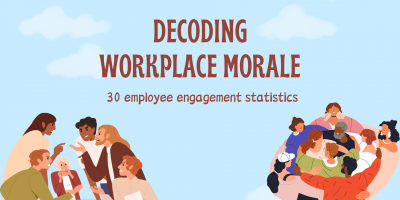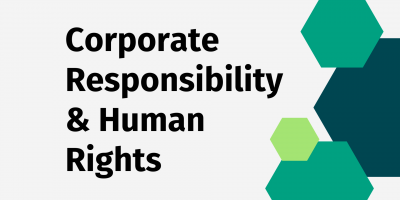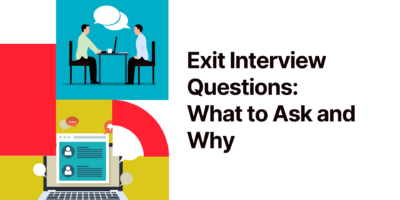Will the Great Return be next after the Great Resignation and the Great Regret?
A study by UKG shows that almost one in five workers who quit during the pandemic boomeranged to their old jobs. Moreover, findings show that their resignations were for more personal reasons compared to other job quitters. Boomerang employees also reported having a strong and supportive manager.
However, even though this somewhat mitigates the Great Resignation Regret, returning employees still face many challenges.
For one, they continue to seek acknowledgment and tangible changes within the workplace. Moreover, according to Google Trends, burnout awareness continues to surge.
Conversely, companies are tasked with improving their hiring practices, focusing on employee well-being, and fostering a culture that values open dialogue.
So, what seems to be the solution?
The Great Regret has shown us that it’s not just about changing jobs or filling the turnover gap.
A tangible solution requires reevaluating and challenging traditional workplace structures and fostering environments that promote employee satisfaction and retention.
Asked how companies can minimize this phenomenon and enhance workers’ engagement, Bill Catlette explains: “Recruiters, HR, and hiring managers need to do a better job of identifying and selecting not just well-qualified candidates, but those who, by virtue of pace, preference, values, and temperament actually are good fits for the given workplace.”
Beyond hiring the right people, Seth Besse, CEO of Undivided.io, argues that companies must acknowledge that their workforce seeks a more profound sense of purpose and belonging in their professional lives.
“By empowering our employees, recognizing their contributions, and fostering inclusion, we can unlock their full potential and create an environment where everyone can thrive.”
Besse adds: “However, building an inclusive work culture requires more than just providing team swag and playing cooperative games.
When employees don’t feel appreciated, they may question the value of their work.
This is where timely praise for even small accomplishments can demonstrate your appreciation and understanding of their efforts. And offering robust professional development opportunities, mentorship programs, and opportunities to acquire new skills can reignite their passion and motivation.
But most importantly, listening allows you to gain a greater awareness and understanding of each employee’s unique interests and motivators. It also gives them a chance to discuss issues or opportunities you may not have seen.”









